Foundations of Indian Art: Proceedings of the Chidambaram Seminar on Art and Religion, Feb. 2001
Synopsis
The images like Nataraja, Ardhanari, Harihara, and Durga arise from Vedic poems. The Body, as a city or temple where the divine image dwells, is a Vedic image. The temple sculptures, and iconographic program played a significant role in the Saiva Siddhanta symbolism. The four armed bronze image of Nataraja in Tamilnadu was the most successful creation of Indian art and with this Indian Art reached its aesthetic perfection. The image of Varaha Vishnu at Khajuraho is an exuberant creation in which the artist successfully attempted to bring out the quaint essence of pure creation. Aesthetics of religion is a newly emerging subject in the field of Religious studies. The hymn of Lalitha Tripurasundari represents the Goddess, both by figures of style and by figures of sound, as beauty personified. Dancing may be regarded as externalization of emotional energy, using bodily movement as medium and as an offering of rhythmic beauty. All the Artifacts produced by potters whether everyday utensils or ritual statues, are not meant to be permanent and that potters' tradition is dying out. Indian Theory of Art is derived from the Vedanta". Eminent Scholars, from all parts of the world, explored these and other fascinating topics, in the Chidambaram Conference on Art and Religion in 2001, that constitute this collection.
Read more
64.80
58.32
$
72.00 $
Free delivery Wolrdwidе in 10-18 days
Ships in 2-4 days from New Delhi
Membership for 1 Year $35.00
Get it now and save 10%
Get it now and save 10%
BECOME A MEMBER
Books by the same author

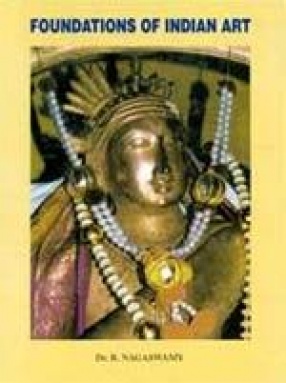
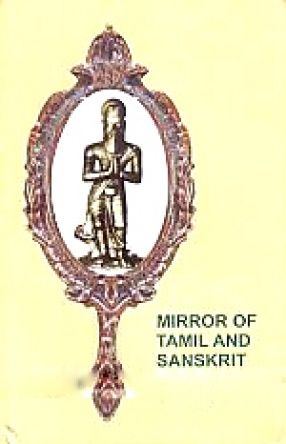
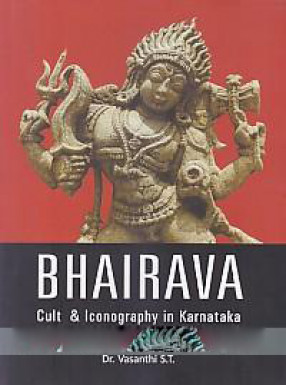

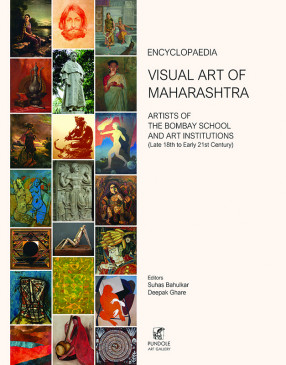
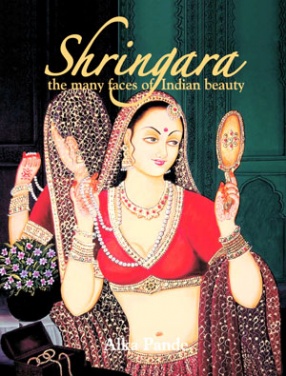
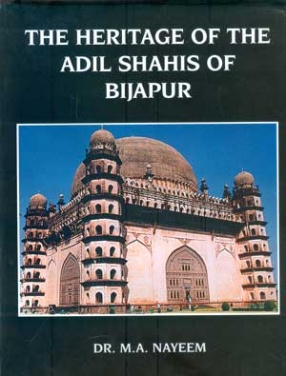

Bibliographic information